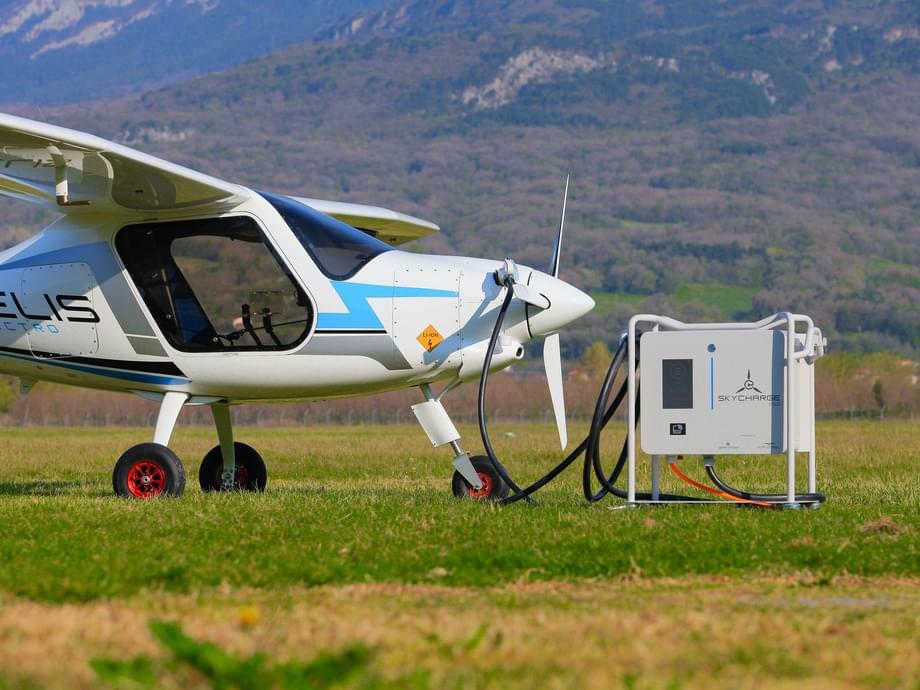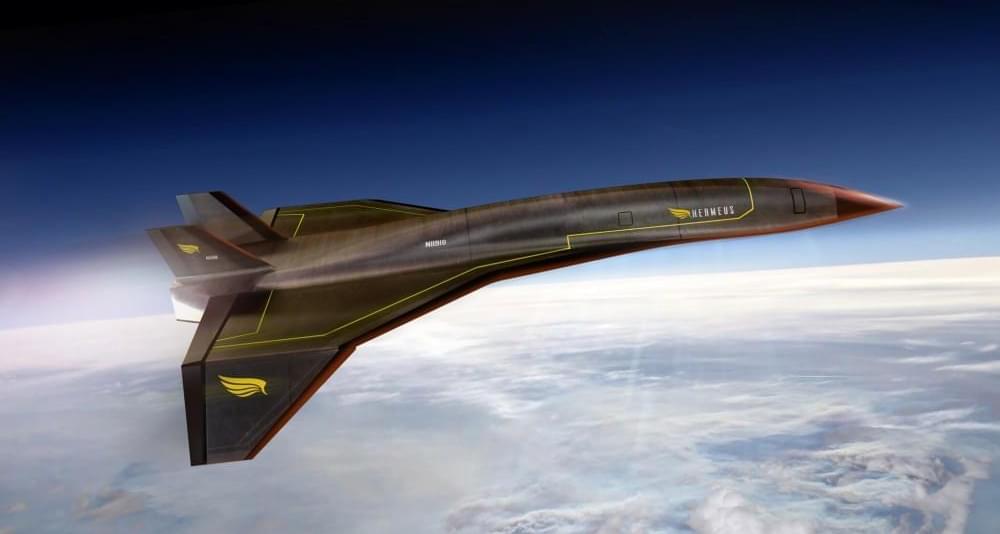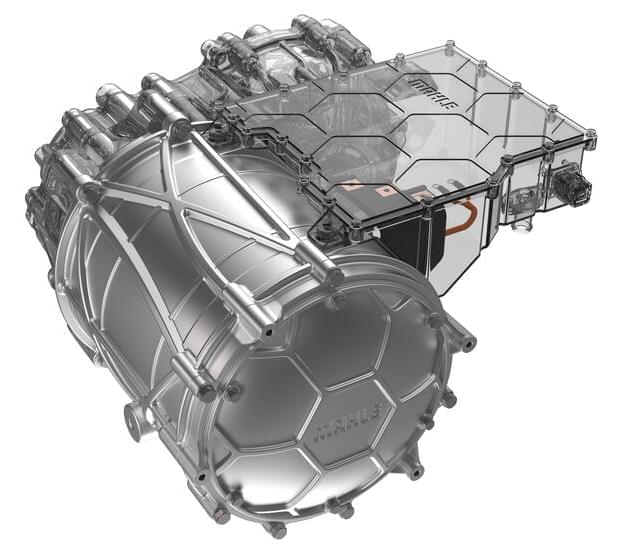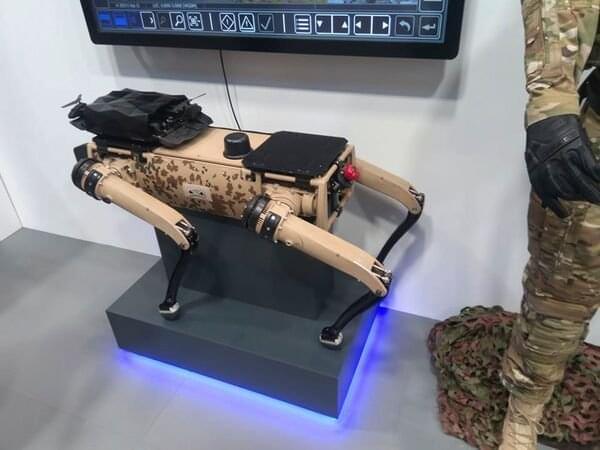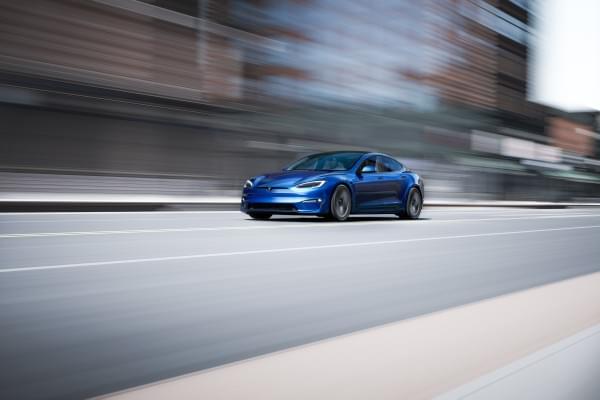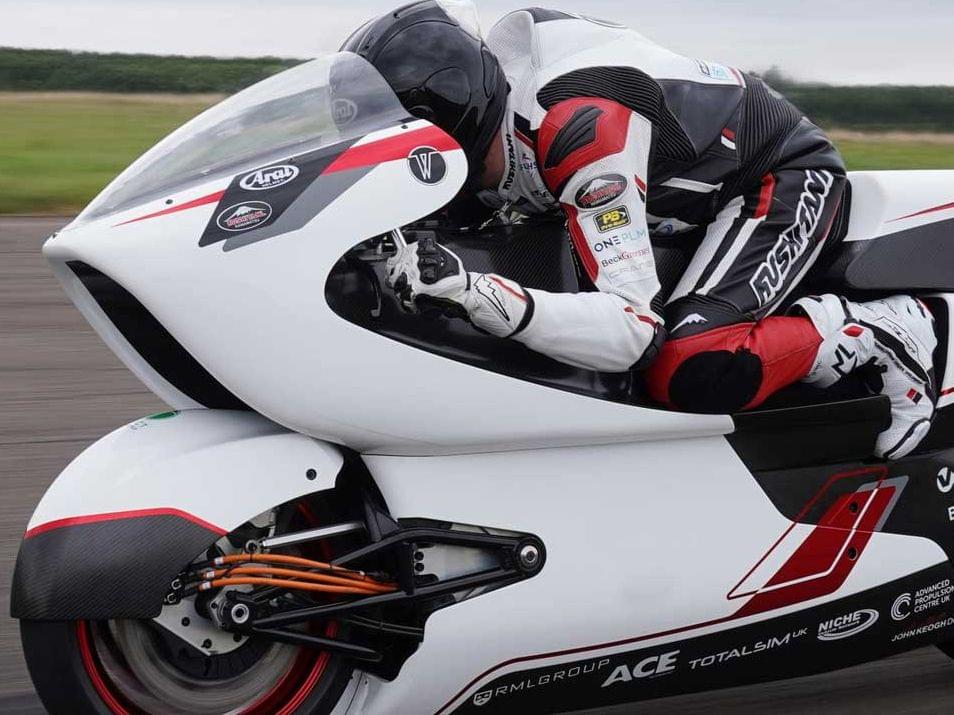Skycharge, developed by Green Motion and Pipistrel, has recently been approved by the European Aviation Safety Agency (EASA) as the world’s first OEM-independent electric aircraft charging station.
Pipistrel’s Velis Electro aircraft had already become the first electric aircraft to receive a type certificate from EASA in June last year. The approval of Skycharge is another important milestone on the way to environmentally sustainable aviation.
Skycharge is based on Eaton’s proprietary DC charging technology. The charging infrastructure for electric aircraft and eVTOL (electric Vertical Takeoff and Landing) aircraft offers exceptional conversion efficiency (over 96%), compactness and power density.
